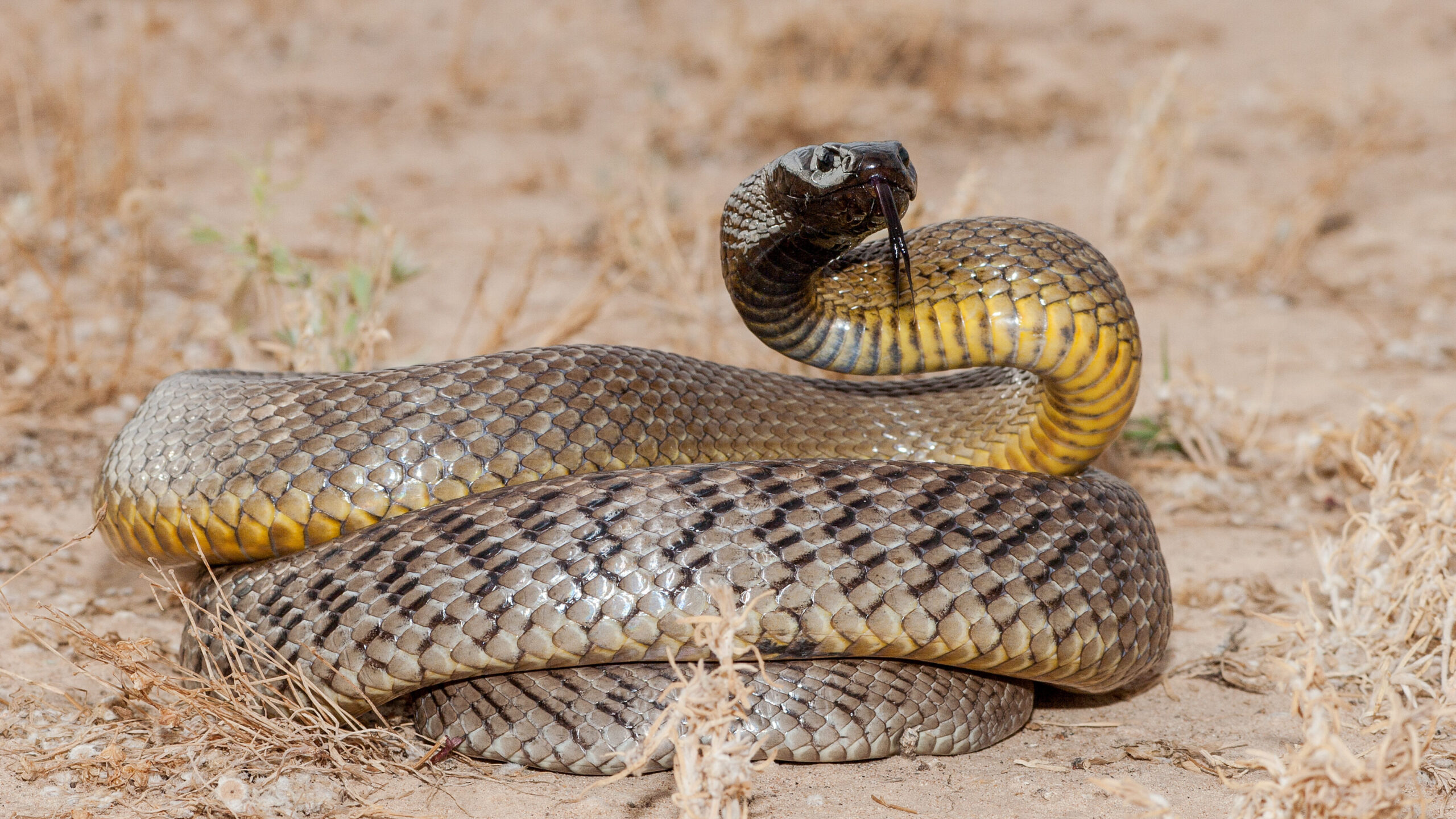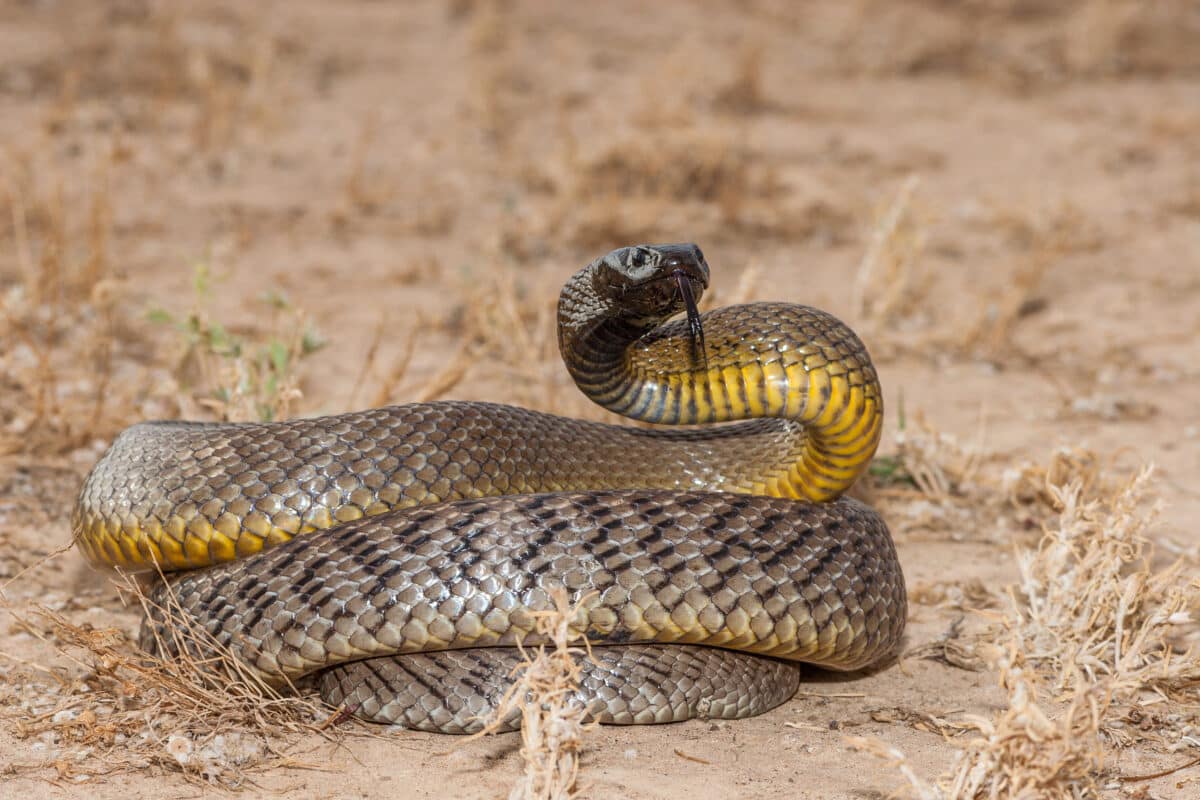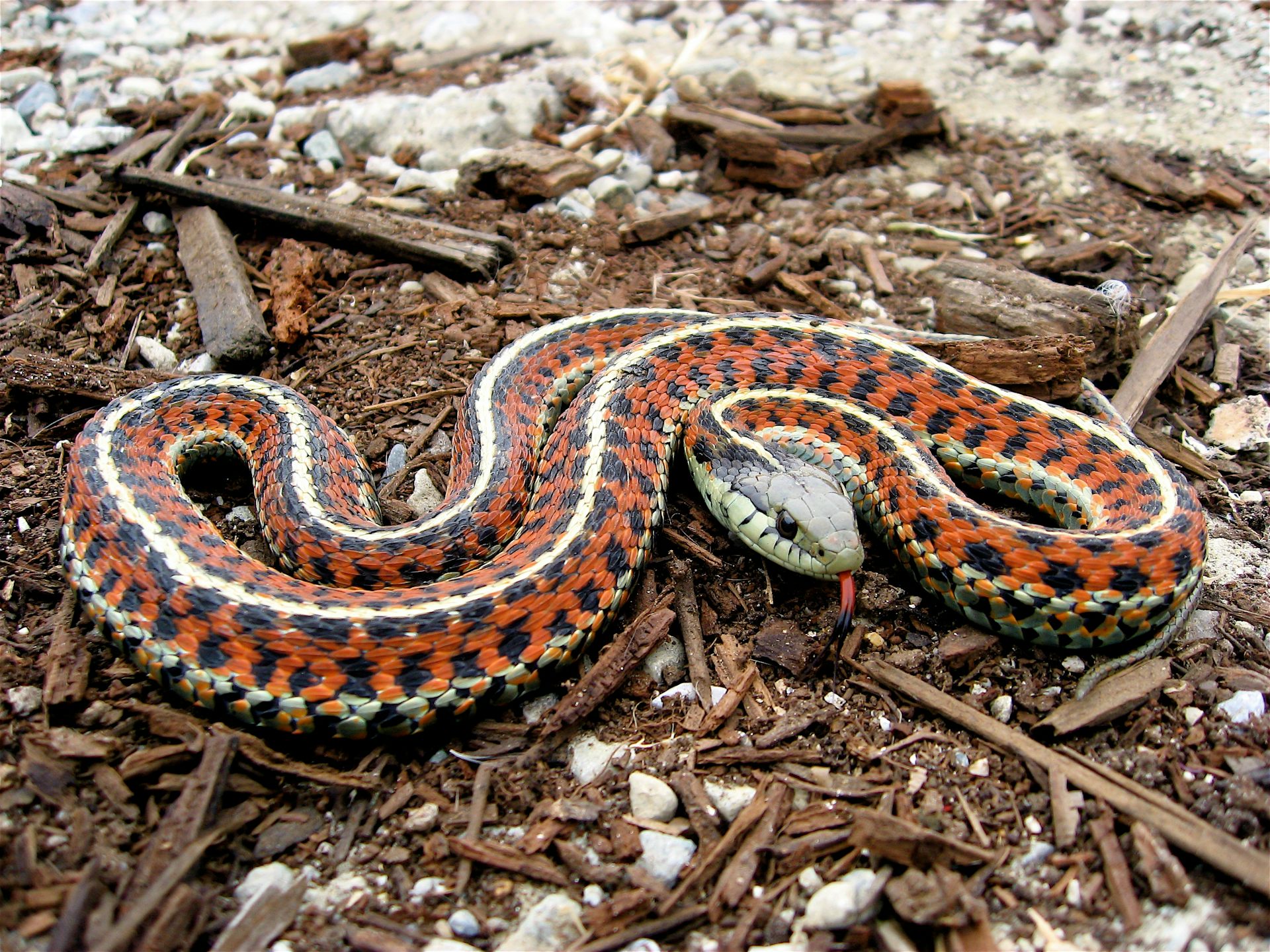Introduction
The Tasmanian tiger snake, scientifically called Notechis scutatus, is one of Australia's snake bite first aid images the majority of interesting reptiles. Located largely in Tasmania and Australia's most venomous snakes its surrounding islands, this snake has garnered attention not only for its striking appearance but additionally for its complicated habits and vital duty in the ecosystem. This article will check out the numerous elements of the Tasmanian tiger serpent's habitat, actions, anatomy, and interactions with humans while providing essential information regarding safety measures in instance of a snake bite.
Whether you're a scientist, a wild animals enthusiast, or simply a person interested concerning these interesting animals, this comprehensive overview assures to deliver understandings that are both useful and appealing. So allow's start this journey to understand the Tasmanian tiger serpent better!
The Tasmanian Tiger Snake: An Overview
Physical Features of the Tasmanian Tiger Snake
Tiger serpents are identified by their distinctive coloration and patterns. They normally exhibit a mix of yellow or cream red stripes on a dark brownish or black history-- therefore the name "tiger." Adult tiger serpents can grow up to around 2.1 meters long, although most people balance around 1.5 meters.
Key Attributes:

- Coloration: Differs from dark brown to olive eco-friendly with lighter bands. Size: Grownups normally vary from 1.2 to 2.1 meters. Head Forming: Definitely broad with popular eyes.
Distribution and Environment of the Tasmanian Tiger Snake
The Tasmanian tiger serpent mainly inhabits coastal regions, marshes, marshes, and grasslands in Tasmania. It flourishes in atmospheres where it can conveniently gain access to water sources considering that it is usually discovered near streams or lakes.
Habitat Preferences:
- Wetlands: Ideal for hunting target like frogs and small mammals. Coastal Locations: Offers plentiful food resources. Grasslands: Supplies cover and basking spots.
Understanding Tiger Snake Behavior
Feeding Habits of the Tasmanian Tiger Snake
Tiger snakes are meat-eating and opportunistic feeders. Their diet plan is composed generally of frogs, fish, small mammals, and birds. They rely on their eager eyesight and swift motions for hunting.
Dietary Malfunction:
- Frogs: A primary element because of abundance in marsh habitats. Fish: Regularly captured when swimming in shallow waters. Small Creatures: Periodically preys on rodents.
Breeding Habits of the Tasmanian Tiger Snake
Tiger serpents have a fascinating reproductive cycle. Mating generally occurs in springtime after emerging from hibernation. Female tiger snakes bring to life live young rather than laying eggs, which is somewhat distinct amongst reptiles.
Reproductive Cycle:
- Mating Period: Spring (September to November). Gestation Duration: Approximately 3 months. Litter Size: Arrays from 20 to 40 child tiger snakes.
Aggression and Defense reaction of the Tasmanian Tiger Snake
Though they can be hostile when intimidated, tiger snakes typically prefer to retreat instead of challenge threat straight. Their primary defense mechanisms consist of attacking when caught or showing their size with hissing.
Defensive Approaches:
- Hissing Audio: A caution signal indicating distress. Bite Response: A last resort when getaway choices are limited.
Are Tiger Snakes Venomous? Understanding Their Venom
Venom Composition and Effects
Yes! The Tasmanian tiger serpent is venomous. Its venom includes neurotoxins that can trigger major injury and even fatality if left unattended. The impacts of a bite can include paralysis, swelling at the bite site, nausea, and other systemic symptoms.

Venom Attributes:
- Neurotoxic Parts: Affect nerve system functioning. Hemotoxic Impacts: Can cause cells damage.
Common Symptoms Adhering to a Tiger Serpent Bite
Recognizing symptoms immediately is critical for efficient emergency treatment management after a serpent bite:
- Severe pain at bite site Swelling Nausea or vomiting Difficulty breathing
First Aid for Snake Bites: What You Need to Know
Immediate Tips After a Tiger Serpent Bite
In case you come across a https://skillstrainingcollege.com.au/venomous-snakebite-treatment/ situation entailing a tiger snake bite, it's vital to act promptly:
Call emergency situation solutions immediately. Keep the affected arm or leg debilitated at heart level. Remove tight clothing or precious jewelry around the bite site.Creating Your Serpent Bite Emergency Treatment Kit
Having a sufficiently equipped first aid kit can make all the difference during emergency situations:|Item|Purpose|| ------|---------|| Compression bandage|To paralyze arm or leg|| Splint|To support injured location|| Disinfectant wipes|For cleansing injuries|
FAQs About the Tasmanian Tiger Snake
What do infant tiger snakes eat?
Baby tiger serpents primarily feed on small pests and amphibians up until they grow big enough to search bigger prey like frogs or small fish.
How hazardous is a tiger serpent bite?
A tiger serpent bite can be incredibly dangerous due to its powerful poison; instant clinical focus is vital for survival.
Where are eastern tiger snakes found?
Eastern tiger snakes occupy coastal areas throughout southeastern Australia yet are less typical than their Tasmanian counterparts.

What must I do if I see a tiger snake?
Maintain your range; do not attempt to manage it unless you're trained to do so-- most bites occur during attempts at capture or mishandling.
Can I make it through without antivenom after being bitten?
While some individuals may endure without antivenom depending on different factors such as wellness problems and time considered treatment; looking for immediate clinical help is always advised as it dramatically boosts survival chances.
Are there any type of specific safety measures I ought to take while treking in Tasmania?
Always wear durable boots, stay on marked tracks, avoid tall turf where presence might be limited; familiarize yourself with regional wildlife before heading out into nature!
Conclusion
The Tajamanian tiger snake stands for a vital part of Australia's abundant biodiversity landscape both environmentally as killers and culturally as signs within Australian mythology. Comprehending their environment choices in addition to habits supplies insight right into how we can coexist securely while appreciating wildlife limits-- keeping in mind that recognition leads us in the direction of safer adventures outdoors!
By staying educated about possible risks such as envenomation from bites while additionally taking safety nets makes certain favorable experiences when running into these fascinating animals!
In final thought, whether you're intrigued by their striking look or captivated by their intricate behaviors-- the Tasmanian tiger snake undoubtedly deserves acknowledgment past plain attraction-- it encapsulates nature's beauty intertwined elaborately within our ecosystems!